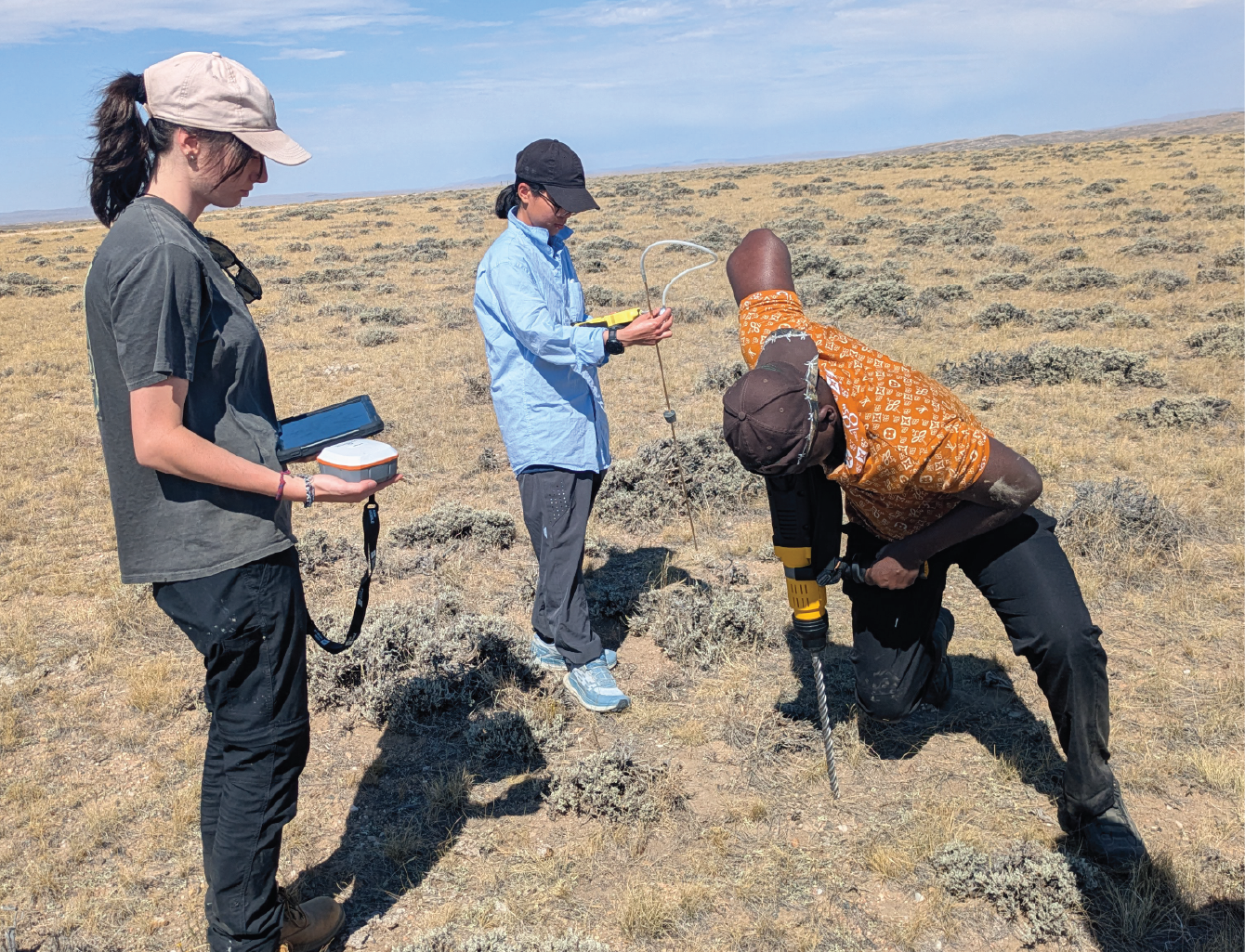Areas of Expertise
Creating Hydrogen from Wyoming Natural Resources
Wyoming has the potential to utilize abundant, existing resources and transform them into potential feedstock for clean hydrogen including low-cost coal, natural gas, wind, solar and uranium.
Investigating Novel Transportation Approaches
With existing transportation infrastructure and a vast network of natural gas pipelines, research will be geared toward optimizing hydrogen transportation networks in Wyoming.
Evaluating Options to Use Produced Water
Water usage and availability are key for most hydrogen manufacture. Research will seek to use produced water as a feedstock for hydrogen production, conserving fresh water resources in Wyoming.
Techno-Economic and Market Assessments
As a major energy exporter, researchers will work to identify new and emerging markets for hydrogen, placing Wyoming at the forefront of hydrogen development for state-wide economic diversification.
Our Mission
SER’s mission is to promote energy-driven economic development for the state of Wyoming. SER leads the University of Wyoming’s talent and resources for interdisciplinary research and outreach, fulfilling Wyoming’s promise to be a global leader in a thriving and sustainable energy future. SER is further committed to advancing the directive set forth by Gov. Mark Gordon to strive toward net-negative carbon emissions through all methods of energy development and production.
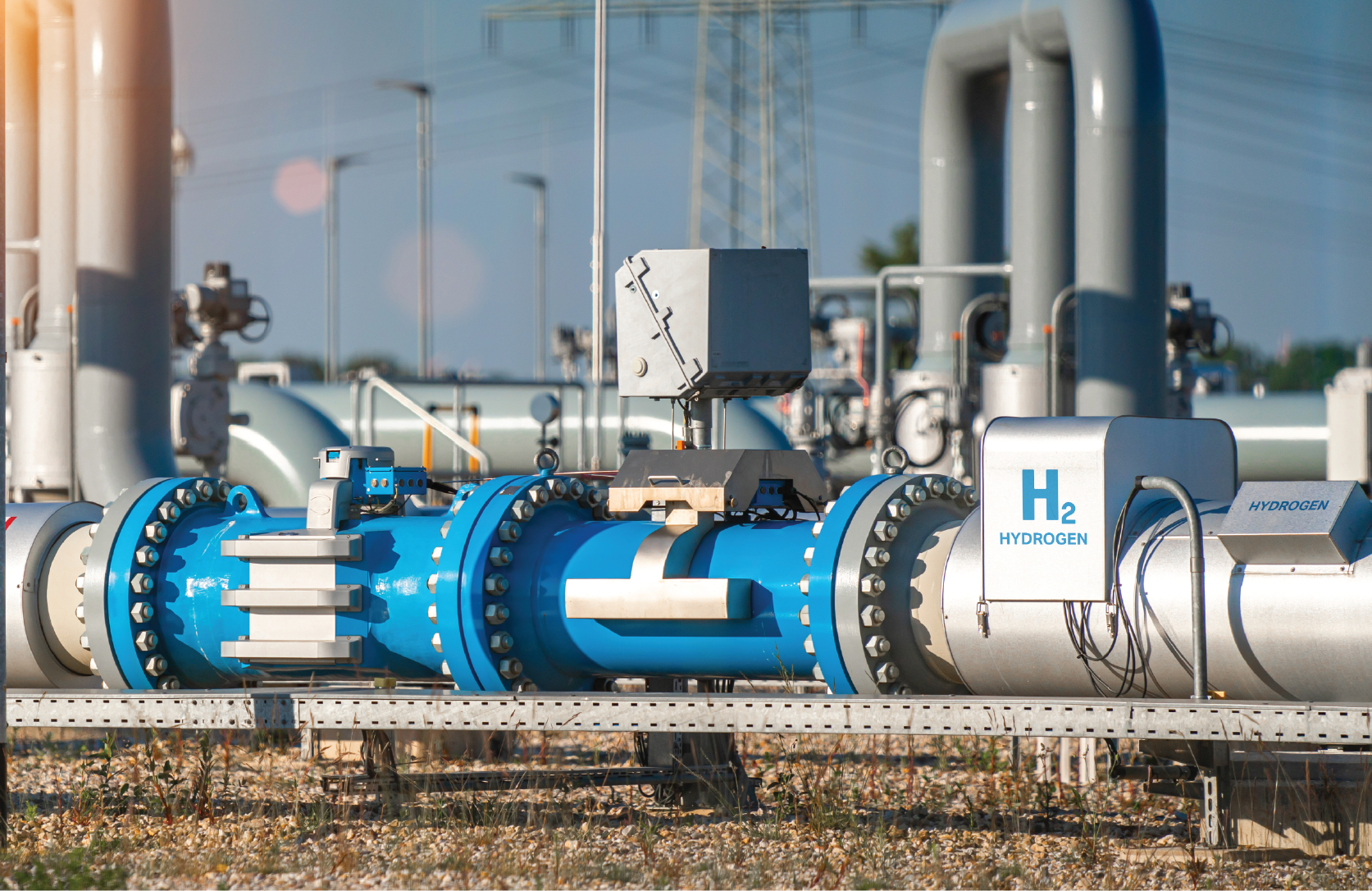
Resources

Learn more about the talented professionals leading cutting-edge research for Wyoming.
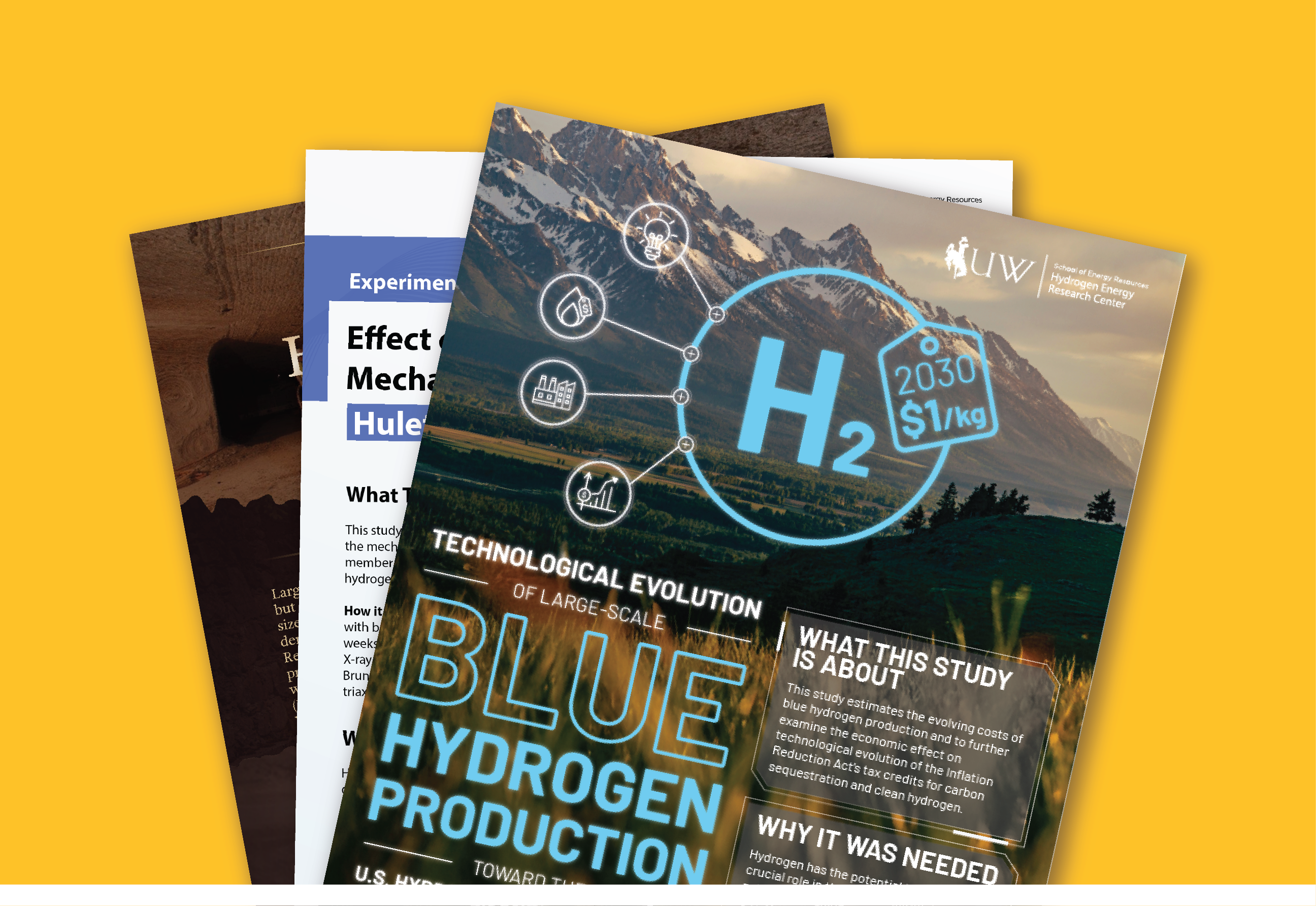
View and download recent publications and research briefs from our talented research team on relevant topics.
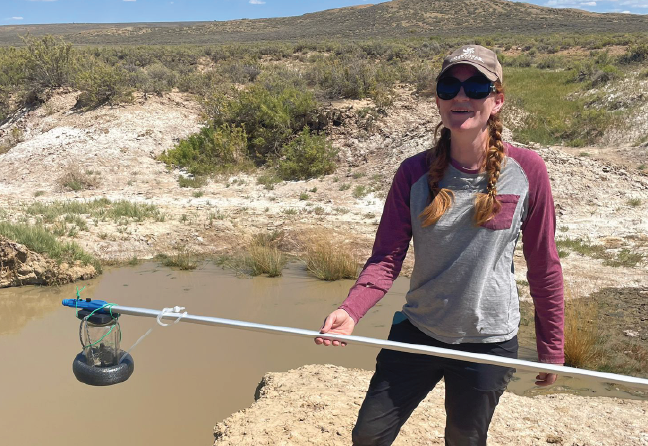
View the SER events calendar for any upcoming opportunites to connect on projects in your community, online, or on-campus.
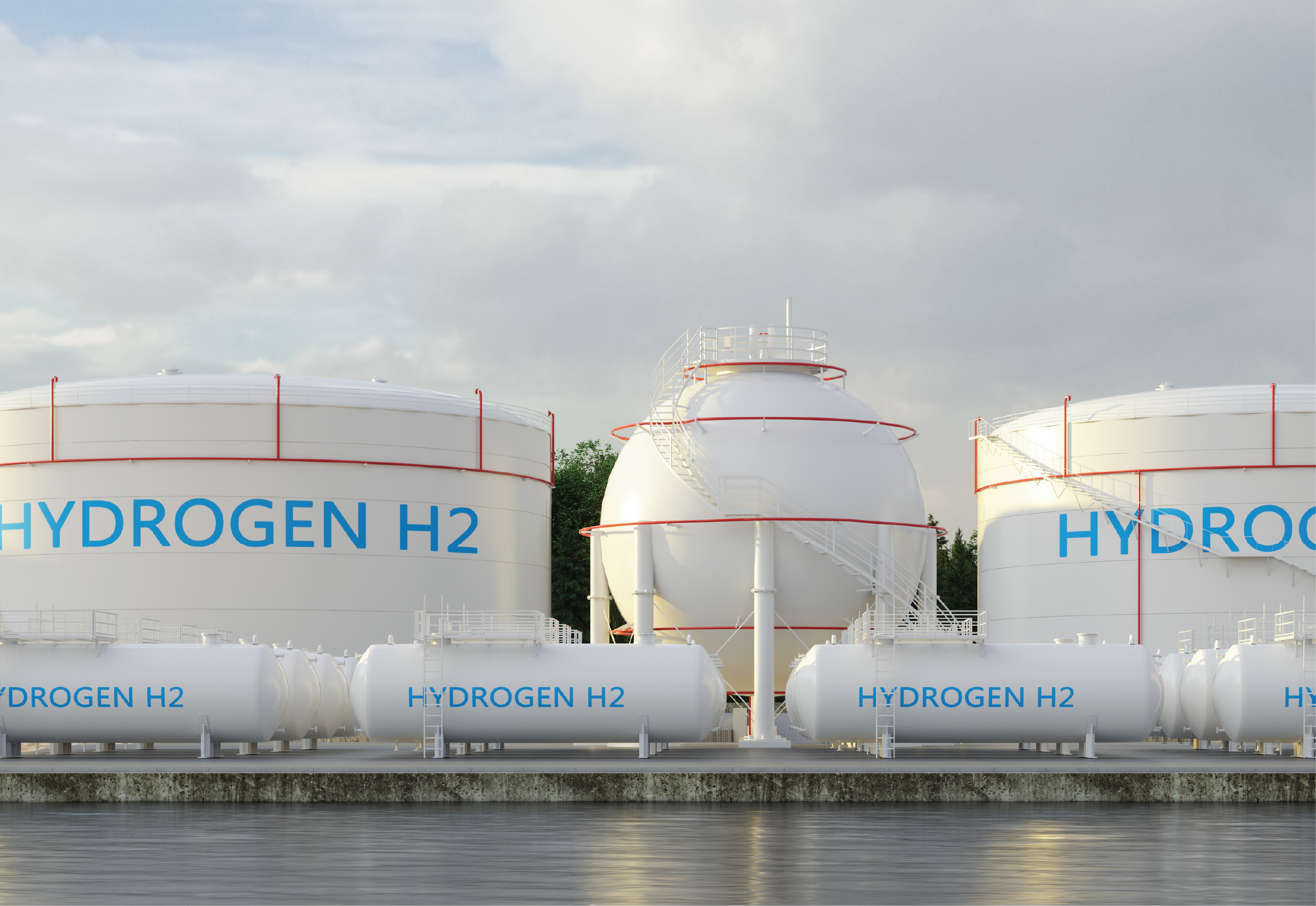
View the SER news page for recent and archived articles, project highlights, or mentions in the media.
Potential for Wyoming
Wyoming is a proud energy-producing state, exporting over 90% of the energy it produces. As the energy mix changes across the US and beyond, Wyoming is identifying opportunities to diversify its economy, including its energy sector. One of the principal objectives of H2ERC will be to identify and quantify the relative competitive advantages of Wyoming in an emerging low-carbon hydrogen economy.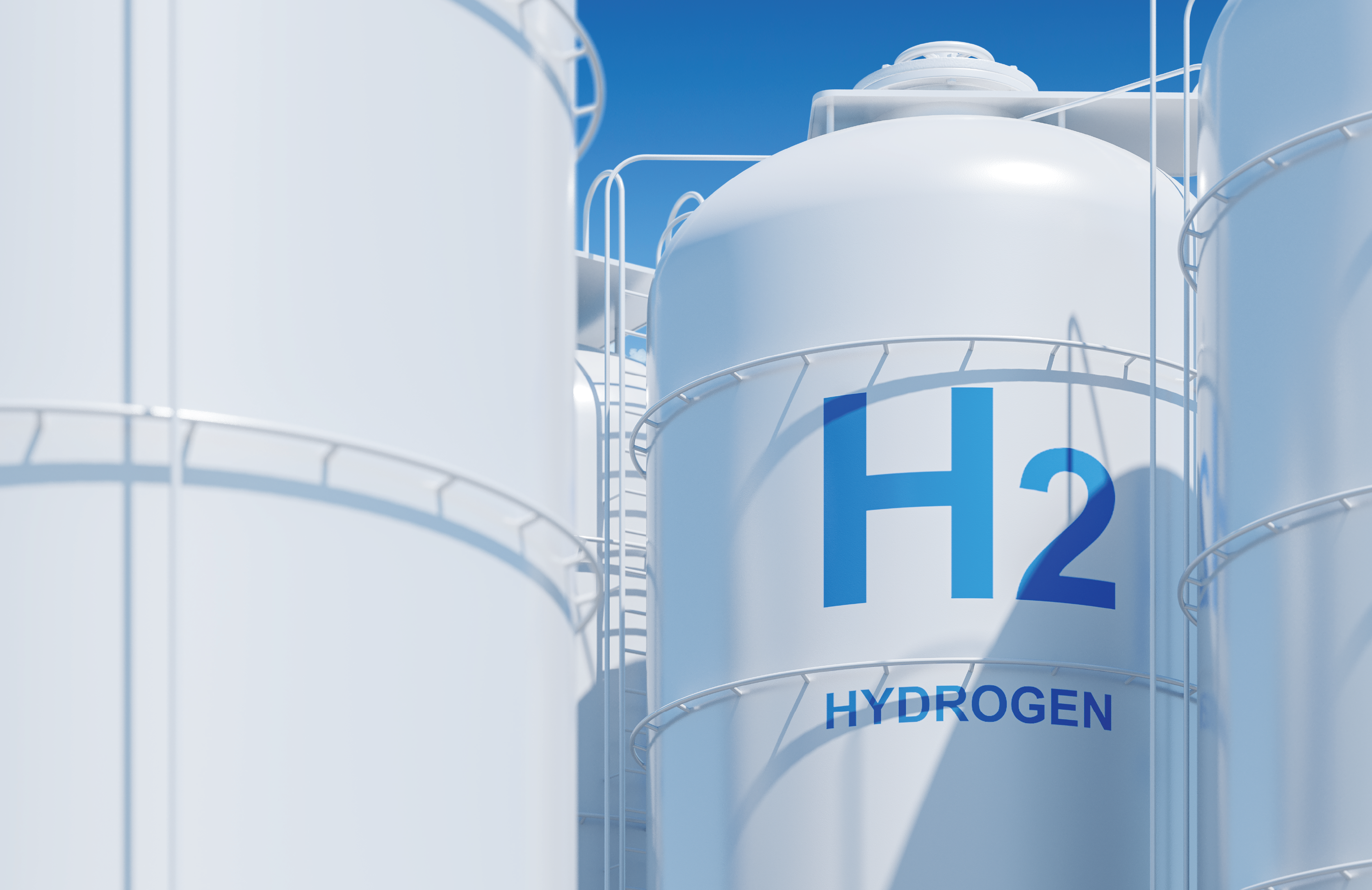
HERC Info Handouts
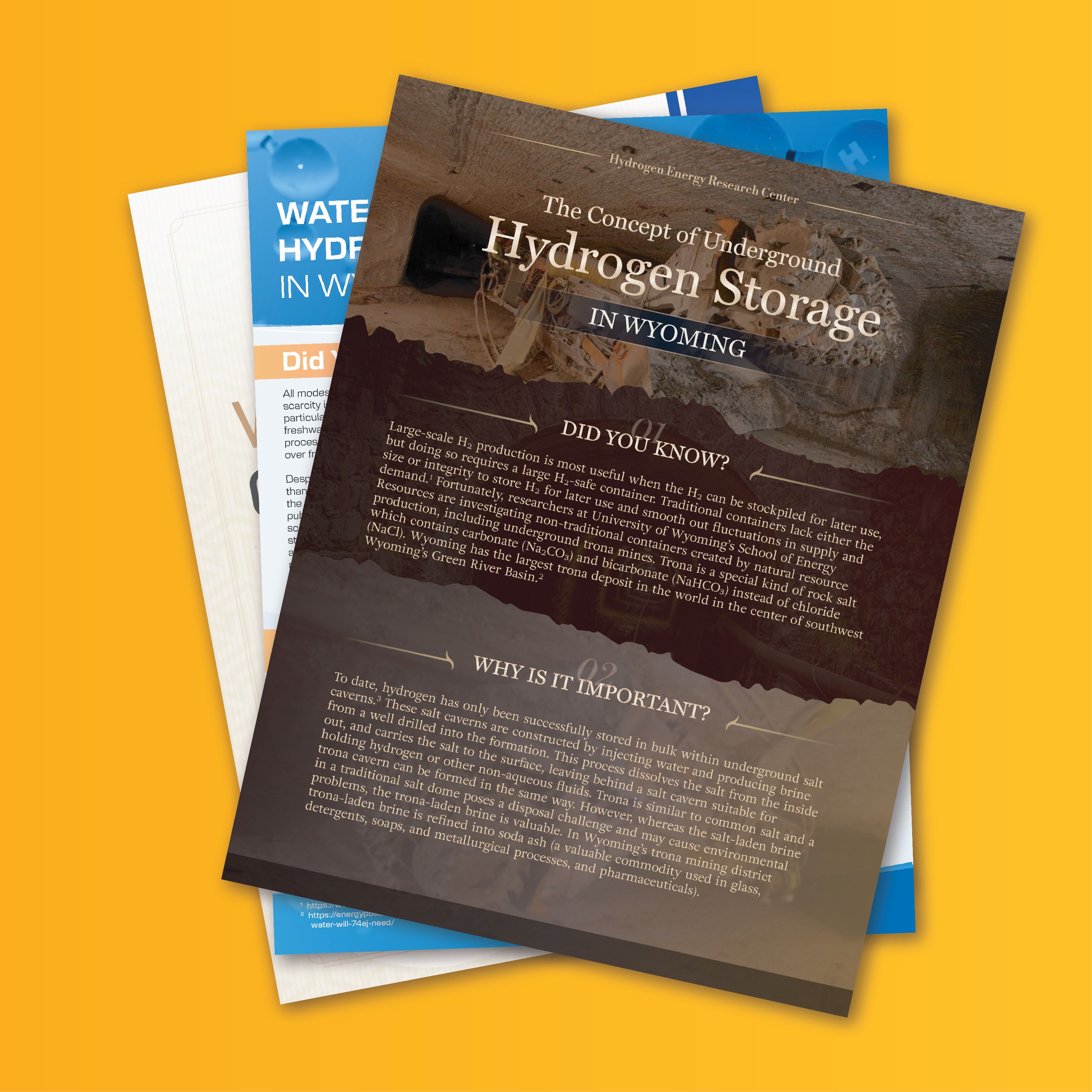
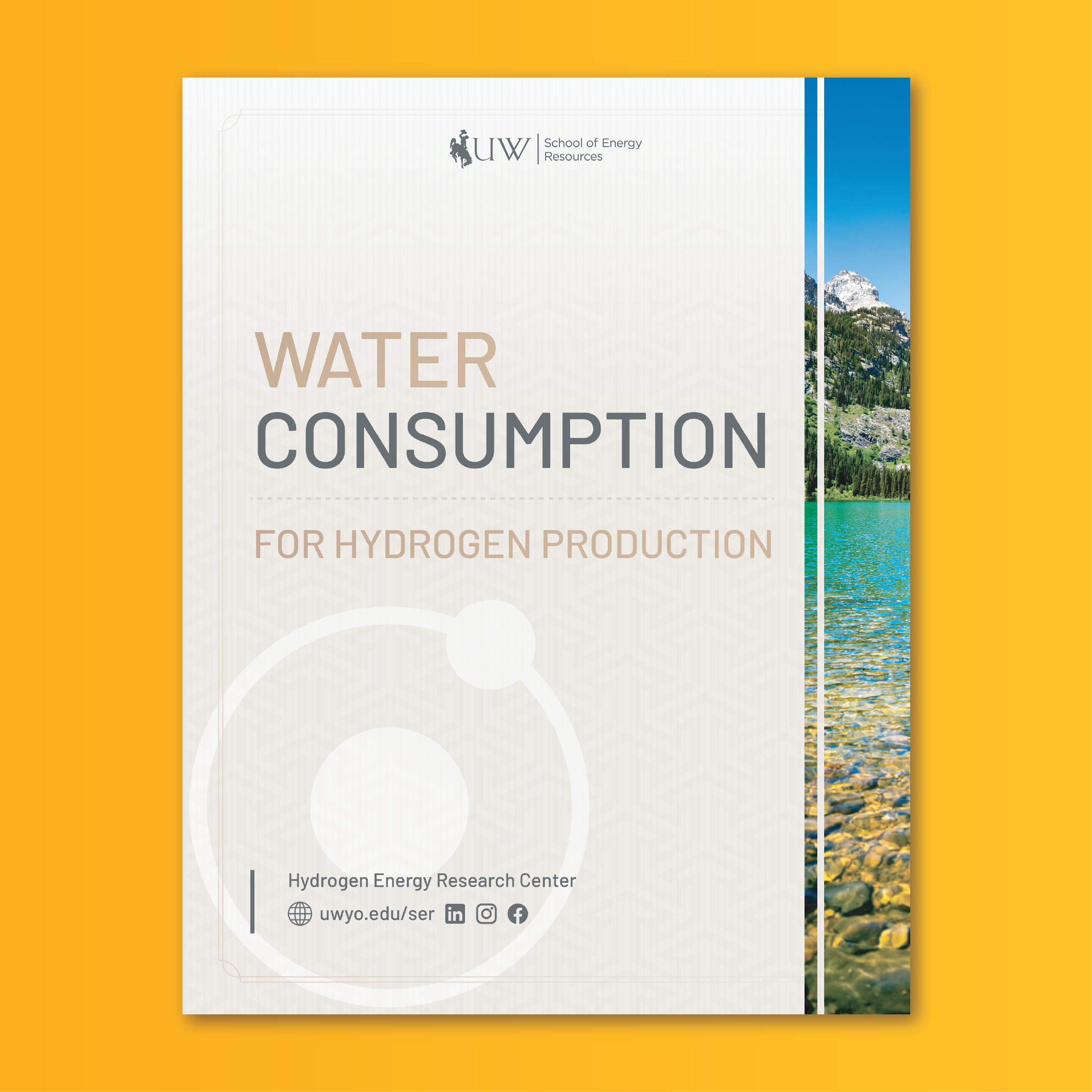
This paper describes water use for five common methods of hydrogen generation. Water is used as a reactant and in many supporting processes for hydrogen generation. When selecting a method for hydrogen generation operators should consider not only electrical and heat inputs required but also the amount of clean water needed.
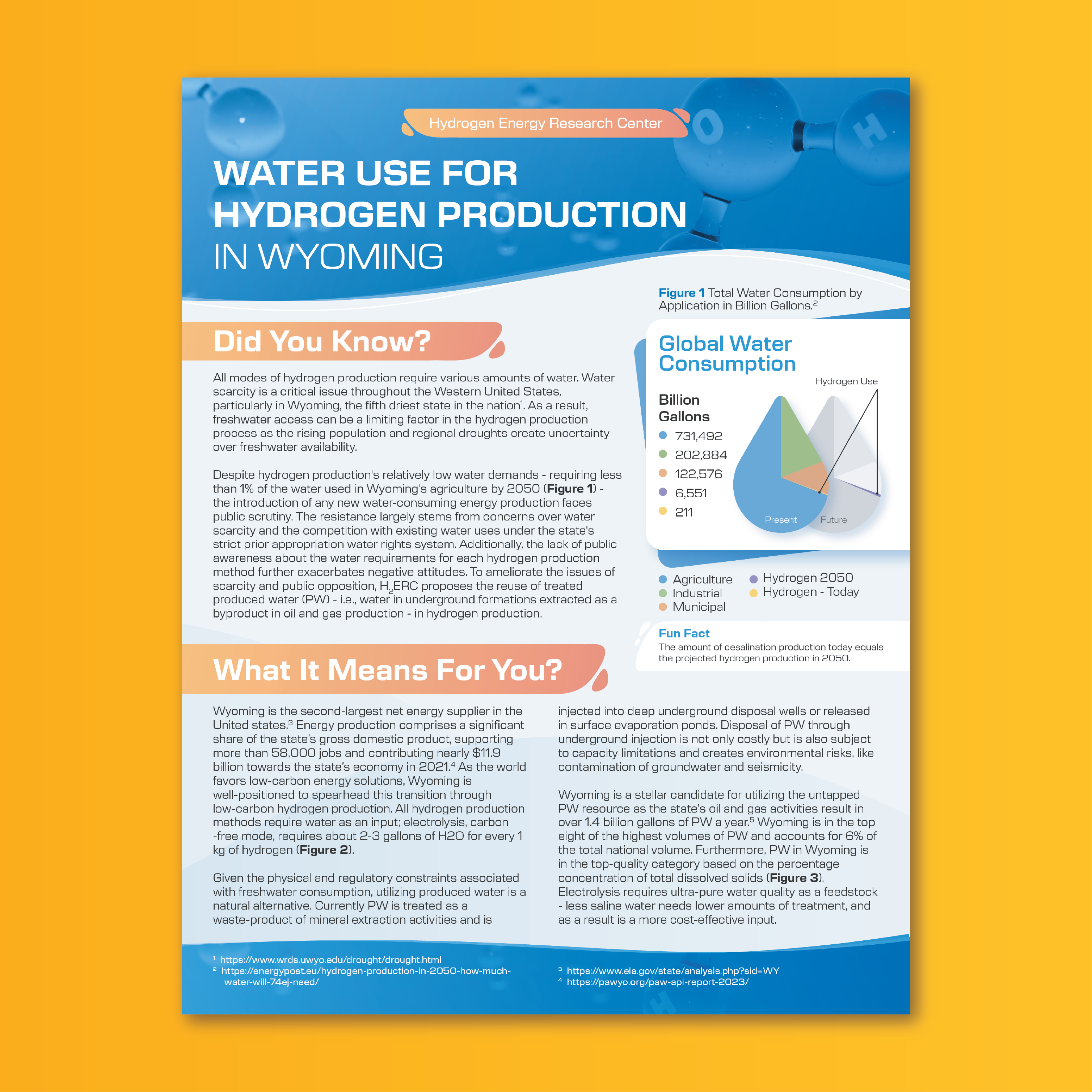 All modes of hydrogen production require various amounts of water. Water scarcity
is a critical issue throughout the Western United States, particularly in Wyoming.
As a result, freshwater access can be a limiting factor in the hydrogen production
process as the rising population and regional droughts create uncertainty over freshwater
availability.
All modes of hydrogen production require various amounts of water. Water scarcity
is a critical issue throughout the Western United States, particularly in Wyoming.
As a result, freshwater access can be a limiting factor in the hydrogen production
process as the rising population and regional droughts create uncertainty over freshwater
availability.
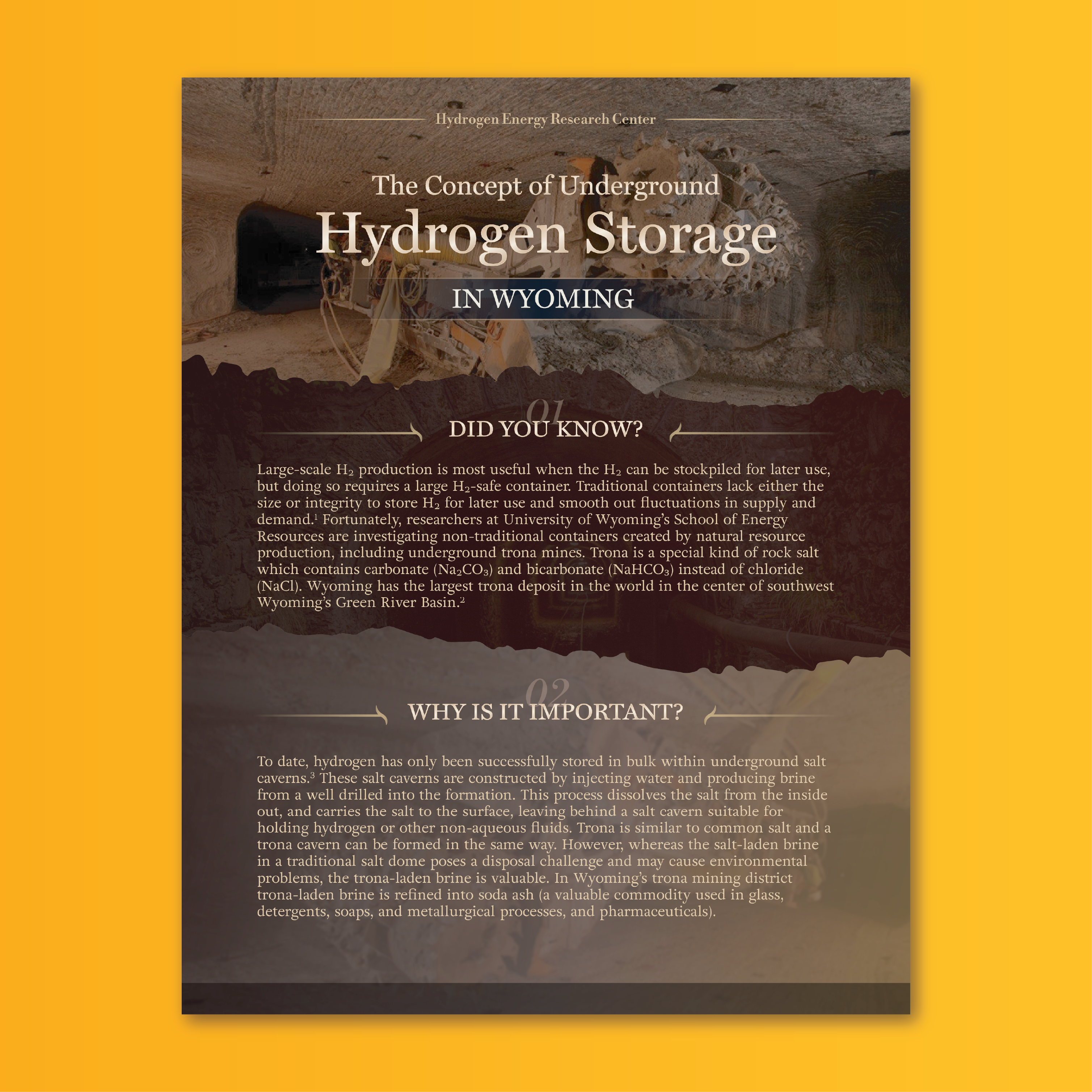 Trona is similar to common salt and a trona cavern can be formed in the same way salt
caverns are used for hydrogen storage. However, whereas the salt-laden brine in a
traditional salt dome poses a disposal challenge and may cause environmental problems,
the trona-laden brine is valuable. In Wyoming’s trona mining district trona-laden
brine is refined into soda ash (a valuable commodity used in glass, detergents, soaps,
and metallurgical processes, and pharmaceuticals).
Trona is similar to common salt and a trona cavern can be formed in the same way salt
caverns are used for hydrogen storage. However, whereas the salt-laden brine in a
traditional salt dome poses a disposal challenge and may cause environmental problems,
the trona-laden brine is valuable. In Wyoming’s trona mining district trona-laden
brine is refined into soda ash (a valuable commodity used in glass, detergents, soaps,
and metallurgical processes, and pharmaceuticals).

